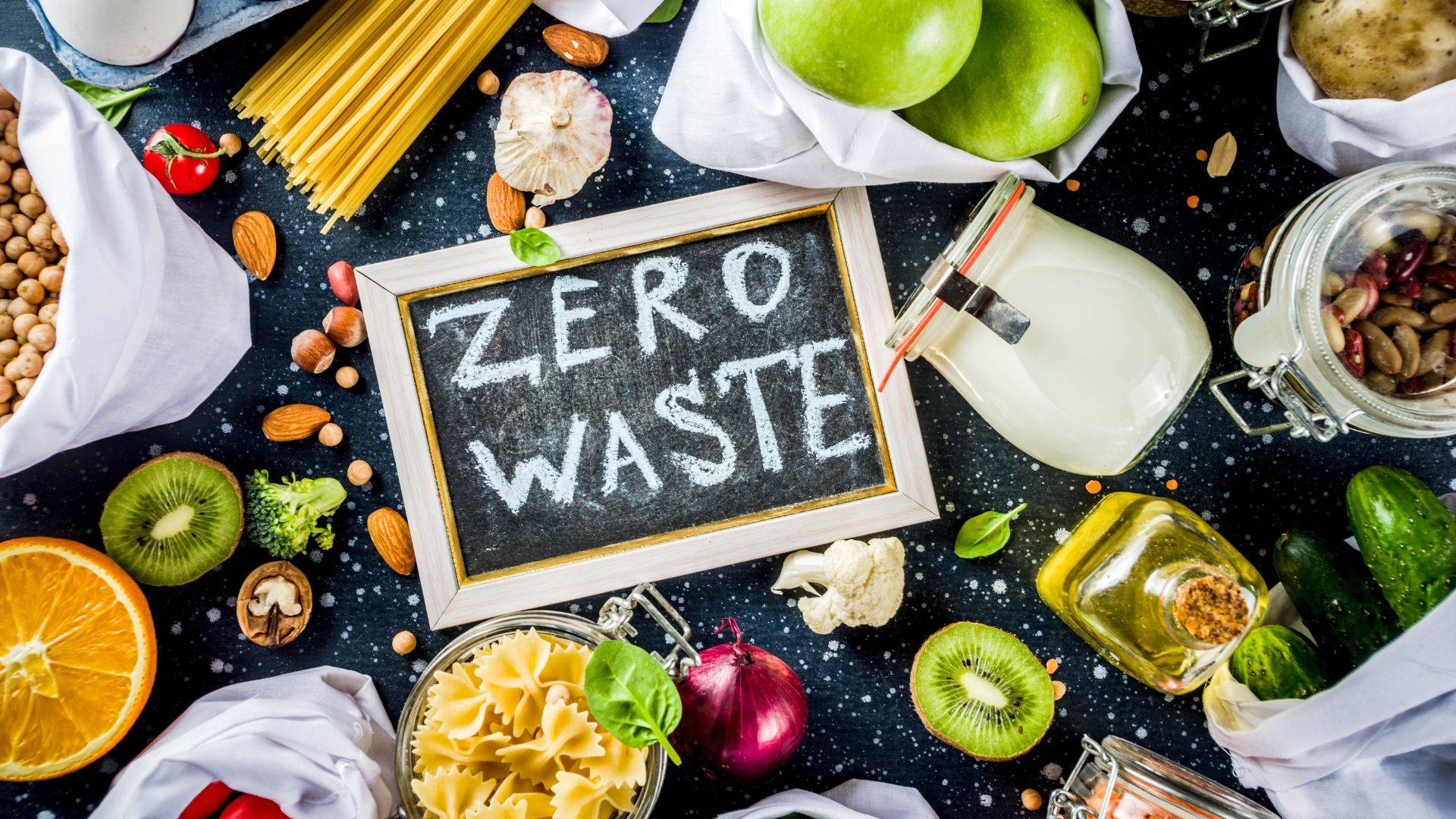How can Restaurants Fight Food Waste in the U.S.
With over one-third of all food produced in the U.S. ending up in landfills, food waste is shaping up to be a major cause for concern.
Each year, over 100 billion pounds of food are wasted in the United States, all along the supply chain. The foodservice sector alone was responsible for up to 10.8 million tons of wasted food in 2019. These statistics are worrying for several reasons.
First off, food waste has a dramatic impact on the environment. Organic waste, which is largely made up of food, ends up in landfills, and landfills are a big source of methane emissions. In turn, methane gas contributes to the greenhouse effect and influences climate change.

Secondly, food waste drives food inequality. Much of the food that gets discarded could instead go to people who need food but cannot afford it. Seeing as 1 in 8 people is food insecure in America, reducing food waste could also help more people have access to enough food to lead an active, healthy life.
Finally, as EPA (United States Environmental Protection Agency) points out in a recent report, “uneaten food results in a “waste” of resources—including agricultural land, water, pesticides, fertilizers, and energy—and the generation of environmental impacts—including greenhouse gas emissions and climate change, consumption and degradation of freshwater resources, loss of biodiversity and ecosystem services, and degradation of soil quality and air quality.”
Why is there so much food waste in the U.S.?
Food waste happens at various points throughout the supply chain, all the way from farm to fork. Let’s have a look at the main reasons why food waste is skyrocketing in the U.S.:
- Surplus or uneaten food is discarded. The main culprit when it comes to food waste is overestimating how much food one needs to consume. Residential homes and food venues alike throw out millions of pounds of uneaten food annually – food that is otherwise safe to consume. It’s not just leftovers, though. Surplus food (usually produce) also gets discarded when it goes bad as a result of improper storage and planning.
- Imperfect or surplus produce is left on the fields. A part of all food produced never even makes it out of the fields. Imperfect crops – which don’t comply with the high standards of cosmetic beauty set for produce – are sometimes left unharvested. Even when they are picked, they have a much harder time being sold and consumed, so they end up as produce waste. Similarly, when too many of the same crops are available at one time, they sometimes go to waste, as supply outmatches demand.
- Some food is lost in shipping. As issues arise during the manufacturing and transportation of food (particularly perishables), some of it inevitably ends up being wasted.
5 ways to combat food waste in restaurants
As a food venue owner, you are indirectly involved in the food waste management, and you can take some measures to prevent and reduce food waste in your restaurant.
- Source produce locally. The best way to combat food waste is to shop as locally as possible. That means getting in touch with a reliable food wholesaler like Riviera, who can help you get your hands on high-quality, fresh, sustainably grown wholesale produce from local farms in your area.
- Find uses for imperfect produce. As we’ve mentioned before, less-than-perfect produce often gets overlooked because it doesn’t live up to cosmetic standards. Defective produce is safe for consumption, and it can easily find its way onto your menu as a key ingredient in soups, sauces or jams. Not only does this help reduce food waste, but it also helps you save money, as imperfect fruits and vegetables are often much cheaper than their better-looking counterparts.
- Plan your bulk orders wisely. It’s easy to overestimate the requirements of your restaurant when it comes to food, for fear of running out of a specific ingredient when you need it the most. However, it pays to plan your wholesale orders carefully and only order as much as you think you are going to need, instead of over-ordering and having to throw out excess food when it inevitably goes bad.
- Store perishables properly. Proper storage of perishable items is key to reducing food waste in restaurants. Food venues deal with large quantities of food which needs to be stored correctly according to individual requirements and served before it reaches its expiration date.
- Collaborate with food recovery / food upcycling companies. Seeing as food waste is a growing problem in the U.S., many institutions have taken it upon themselves to deal with food recovery and upcycling. Get in touch with such a local company to help with food waste management in your restaurant.
In 2022, food waste continues to be a major cause for concern as it affects the environment and contributes to food insecurity. However, we can take measures to find food waste solutions before it gets any worse. As a restaurant owner, it’s important to be aware of the role your venue plays in the large scheme of things. By being mindful of your bulk purchases, sourcing local items from trusted wholesalers like Riviera Produce, storing perishables properly and taking part in food recovery initiatives, you can make a difference when it comes to food waste in the U.S.


